I used to have an old 3x LR44 lithium cell laser pointer for presentations. With the batteries slowly dying, the outputted beam also went dimmer.
Recently I bought one of these cheap 650nm laser modules off eBay. They seem to be designed to work with 3 AA/AAA batteries connected as they are rated for 3-6V. I tried and connected 4 batteries and got a very bright beam @ ~4.68V. I then reduced batteries to 2 and surprisingly, to my estimate, got an equally bright beam @ 3.12V. Then, with only one battery @ ~1.56V, I got no output at all.
From reading and my guess, I now assume that in these metal housings is a driver board, probably similar to this. My second guess is that the Chinese manufacturers build (and sell!) these laser diode modules only with such drivers primarily to make really sure that overpowering the diode doesn't result in an output over 5mW (even for a fraction of a second, until it would burn out) to protect users like me from stupid accidents.
For my application, the outputted beam is too bright at all tried voltages. I'd like to have the beam more in the 1mW brightness range - I say 1mW as I assume that's extra safe. (FYI: I assume 5mW lasers are "only mildly dangerous" and 1mW lasers "quite safe" - but correct me if I'm wrong - I'm not going to willingly look directly into them either.)
So, please, can someone explain me why lowering the power alone doesn't work?
Bonus question: I found that using PWM modulation might be the solution, where I "switch a fixed voltage on and off very quickly" instead of "lowering the actual voltage". That would result in a very frequent (thus unnoticeable for the human eye) flicker. (Using a 3 or 5 volt Arduino for that.) Will the installed driver accept that? (Is this driver maybe actually designed to be driven by a PWM supply? ..or will it blow up?) And will that make the laser beam appear less bright? And be safer?
Update:
Using the collected knowledge from the answers, I was able to dim the module: My mistake was: I was only lowering voltage! With two AA batteries connected (measured 3.12V) and a 70 Ohm resistor (to limit current to the module), the beam appears severely dimmed. No PWM required. A 60 Ohm resistor yields my required output (visible, but not irritatingly bright). I can't say what laser wattage equivalent that is.
WARNING notice: 5 mW lasers (Class IIIR or IIIa) are dangerous under bad circumstances! Even 1mW (Class 2) lasers with a focused beam into a non-blinking eye can cause permanent damage over several feet away. Compare this chart or this summary.
Connecting the laser module without a resistor was probably dangerous. A laser diode without driver would've been even more. Without the resistor, the module is able to draw a high current (compare) and may output the full 5mW which may not be what you want. Luckily no direct reflection happened, the beam is not very focused on the module I own and it is spread into a line. So do get a lower powered module (you probably do not need > 1mW, sadly Chinese sellers don't offer them like these 5mW ones) or dim the output if you're operating these lasers with people around! Does it need to be laser? Consider projecting with common LEDs and lenses.


